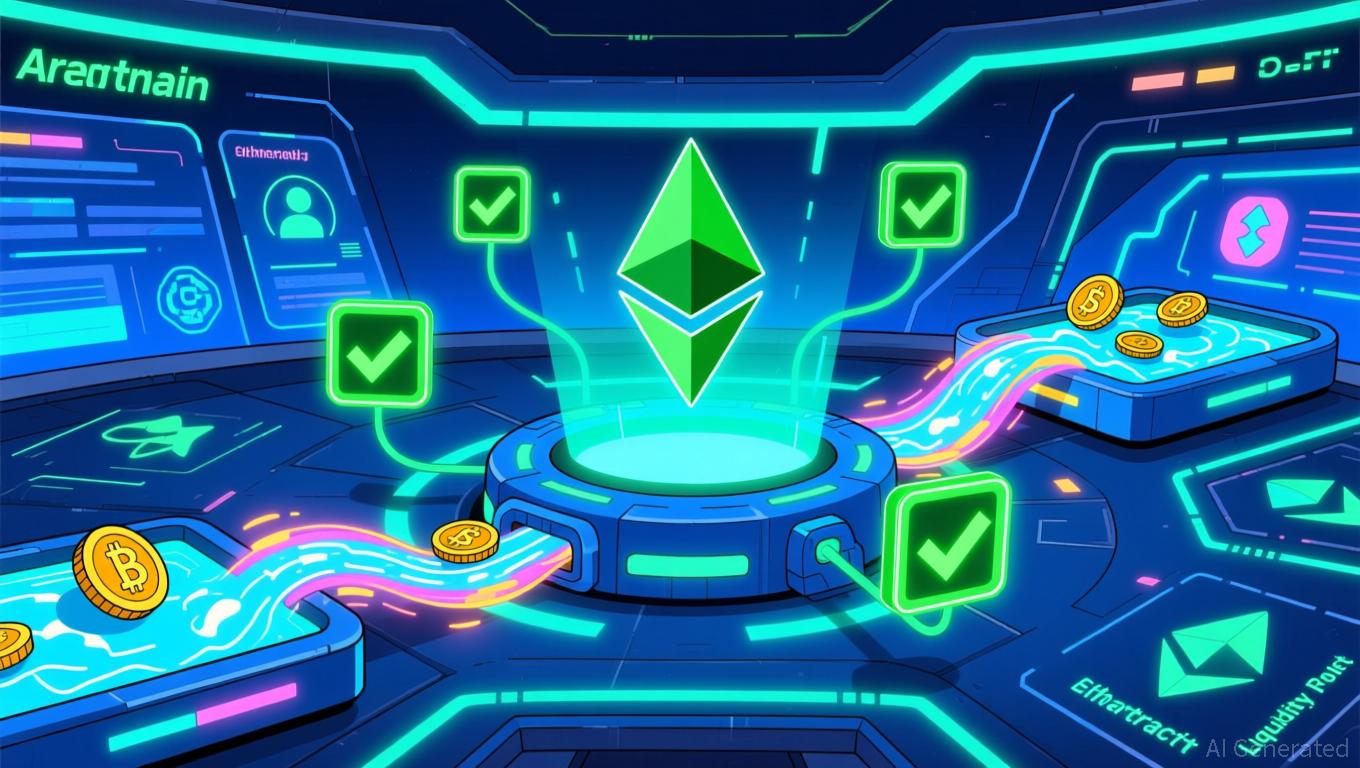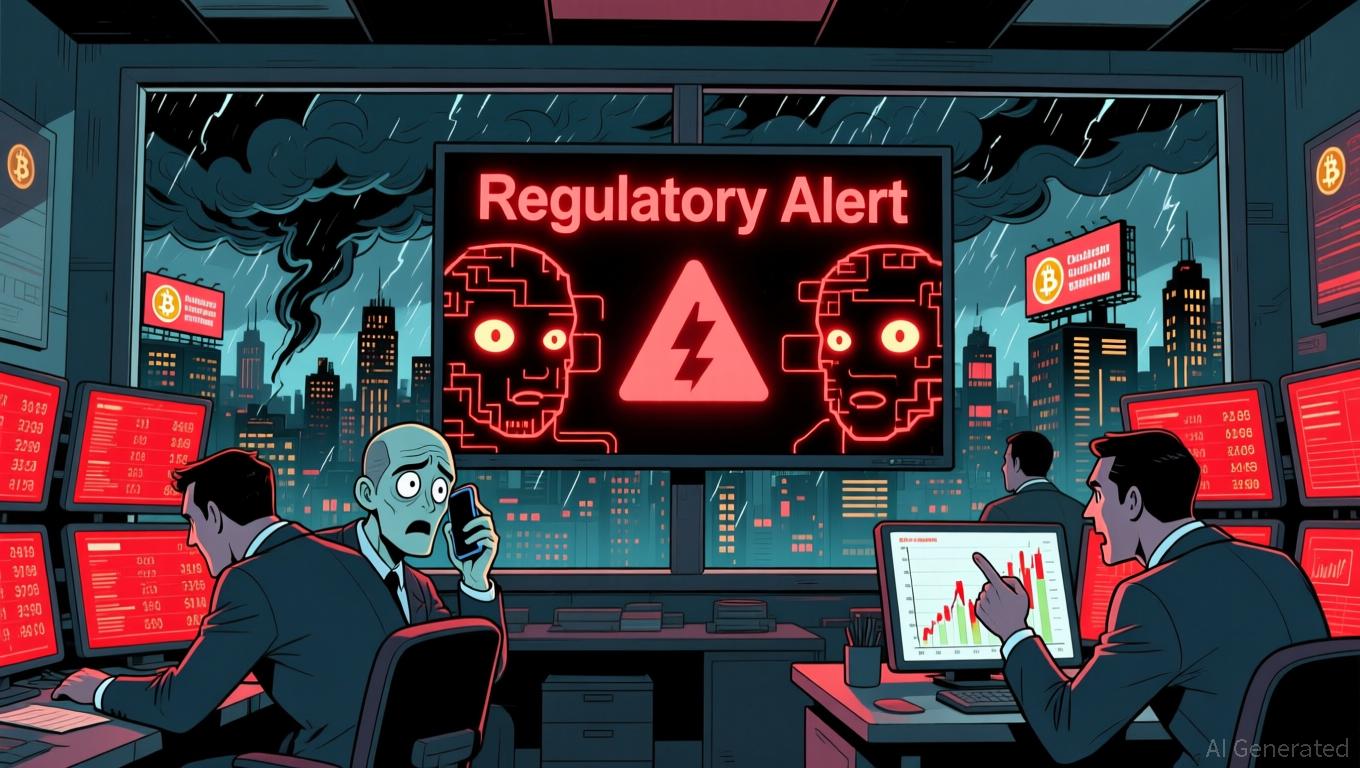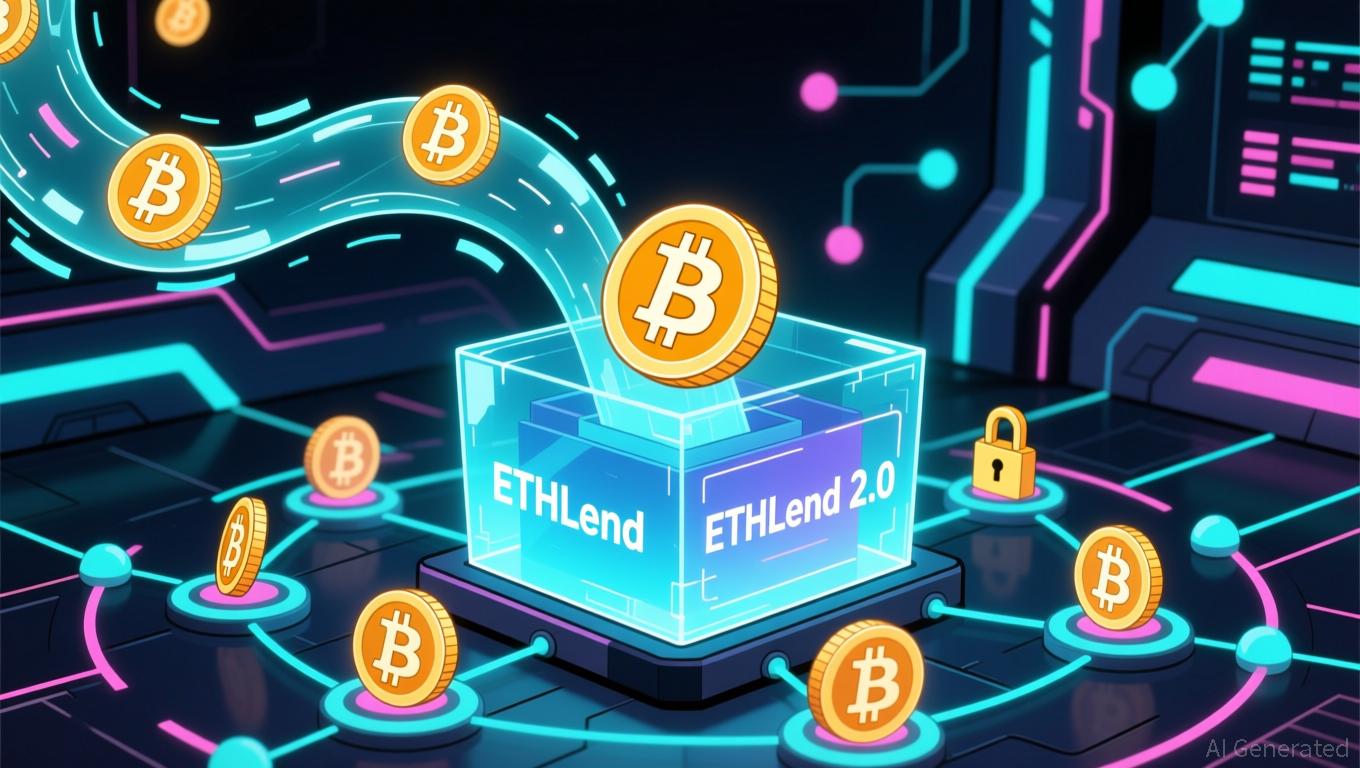SEC Pushes Forward Quantum-Safe Encryption Standards to Prevent 2028 Disaster
- SEC's Crypto Task Force, led by Hester Peirce, is advancing quantum-resistant crypto standards to mitigate risks from quantum computing breakthroughs by 2028. - The task force conducts nationwide outreach to smaller crypto projects while developing frameworks for tokenized securities and custody models under federal laws. - A proposed Post-Quantum Financial Infrastructure Framework urges phased migration to NIST standards, as experts warn quantum threats could compromise $trillions in digital assets. - S

The Crypto Task Force of the U.S. Securities and Exchange Commission (SEC), under the leadership of Commissioner Hester Peirce, is moving forward with a plan for regulated tokenization by working closely with industry participants and creating a detailed regulatory framework. The task force has launched a countrywide initiative, traveling to cities like Berkeley, Boston, Dallas, and New York to collect feedback from smaller crypto ventures and voices that are often overlooked. These sessions are designed to make sure regulatory policies reflect the varied needs of the sector and help reduce systemic risks title1 [ 1 ].
One of the main priorities for the task force is guiding digital assets toward quantum-safe standards. The SEC has received a proposal called the Post-Quantum Financial Infrastructure Framework (PQFIF), which highlights the risk that quantum computing advancements could undermine the cryptographic security of
The SEC is also broadening its regulatory focus to include tokenized securities. In a statement from July 2025, the agency reiterated that tokenized assets are still governed by federal securities regulations, even if they are built on blockchain technology. The SEC encourages market players to seek guidance when developing tokenization solutions, especially those involving asset custody or derivatives. The task force has provided avenues for engagement, such as submitting written feedback and holding meetings, to help shape rules for clearing agencies, transfer agents, and specialized broker-dealers.
Recent policy changes under both the Biden and Trump administrations have influenced the SEC’s direction. With Paul Atkins now serving as SEC chair, the agency has adopted a more assertive regulatory approach. The task force is considering temporary exemptions for coin and token sales and revising custody regulations to give clearer direction to the market. These initiatives respond to industry calls for well-defined rules that support both innovation and investor safety title3 [ 3 ].
On the international stage, the SEC’s initiatives intersect with Europe’s Markets in Crypto-Assets (MiCA) regulations, which impose strict requirements for stablecoin reserves and consumer safeguards. Although the U.S. has yet to implement a comprehensive federal law, the SEC’s Joint Statement with the Commodity Futures Trading Commission (CFTC) in September 2025 clarified that regulated exchanges may list spot crypto assets under current regulations. This development has led to over 90 ETF applications and marks a move toward greater institutional involvement.
The task force’s strategic plan highlights the need for cooperation between regulators and industry leaders. By tackling quantum security risks, updating custody practices, and clarifying the rules for tokenized securities, the SEC is working to build a robust digital asset market. Nevertheless, challenges persist in aligning U.S. and EU regulations and addressing the dangers of fragmented oversight. For now, the SEC’s approach—blending enforcement with support for innovation—places it at the forefront of shaping crypto regulation’s future title4 [ 4 ].
Disclaimer: The content of this article solely reflects the author's opinion and does not represent the platform in any capacity. This article is not intended to serve as a reference for making investment decisions.
You may also like
Why is MUTM's DeFi approach drawing in $18.9 million and 18,000 investors in 2025
- Mutuum Finance (MUTM) has raised $18.9M from 18,200 investors via a 250% presale price surge to $0.035 in Phase 6. - Its dual-lending model combines peer-to-contract and peer-to-peer mechanisms to optimize liquidity and capital efficiency. - Phase 6 nearing 99% completion highlights demand for MUTM's automated, intermediary-free lending via Ethereum-based smart contracts. - The project plans Q4 2025 launch of its public lending protocol on Sepolia testnet, emphasizing transparent decentralized ownership.

Global authorities suspend the growth of Biometric Blockchain due to worries about data privacy
- Worldcoin (WLD) fell 14% amid regulatory crackdowns, token unlocks, and market weakness, outperforming crypto's 9% decline. - Colombia, Philippines, and Thailand ordered operations halted and biometric data deleted over privacy concerns. - 37M WLD tokens ($25M) unlocked recently, worsening sell pressure as price consolidates near $0.63 resistance. - Analysts predict $0.75–$0.85 by 2025 if regulations clarify, but warn of potential drops to $0.26 amid unresolved compliance risks. - Project's viability hin

Bitcoin News Update: Aave's ETHLend 2.0 Disrupts DeFi's Dependence on Wrapped Tokens by Introducing Native Bitcoin
- Aave founder Stani Kulechov announced ETHLend 2.0's 2026 relaunch using native Bitcoin as collateral, diverging from wrapped tokens. - The hybrid P2P-liquidity pool model aims to enhance DeFi efficiency while reducing synthetic asset reliance through cross-chain BTC integration. - This revival aligns with growing institutional demand for non-wrapped BTC and could restore utility for the legacy LEND token. - Despite bearish market conditions, the move signals confidence in Bitcoin's foundational role for

The Rapid Rise of ZK Technology and What It Means for Cryptocurrency Markets
- ZK proof ecosystems saw 2025 breakthroughs in scalability, institutional adoption, and on-chain activity, reshaping blockchain infrastructure and crypto markets. - Projects like zkSync Era (27M+ monthly txns) and StarkNet (tripled TVL) demonstrated ZK-rollups' capacity to handle 15,000+ TPS, accelerating Ethereum's Layer 2 dominance. - Institutional giants including Deutsche Bank , Sony , and Nike integrated ZKP solutions for compliance, with Polygon securing $1B+ in ZKP development funding. - ZKP market